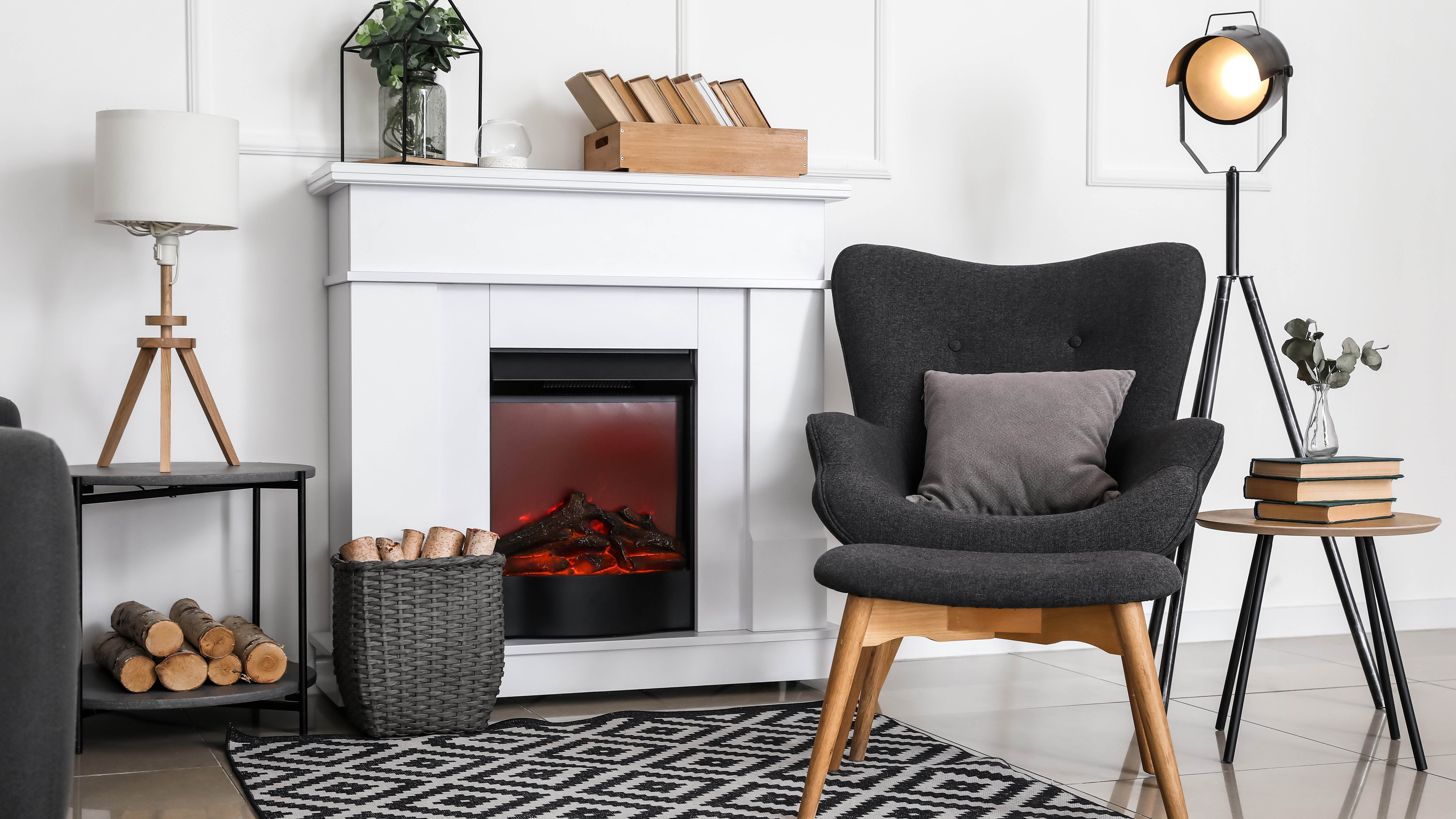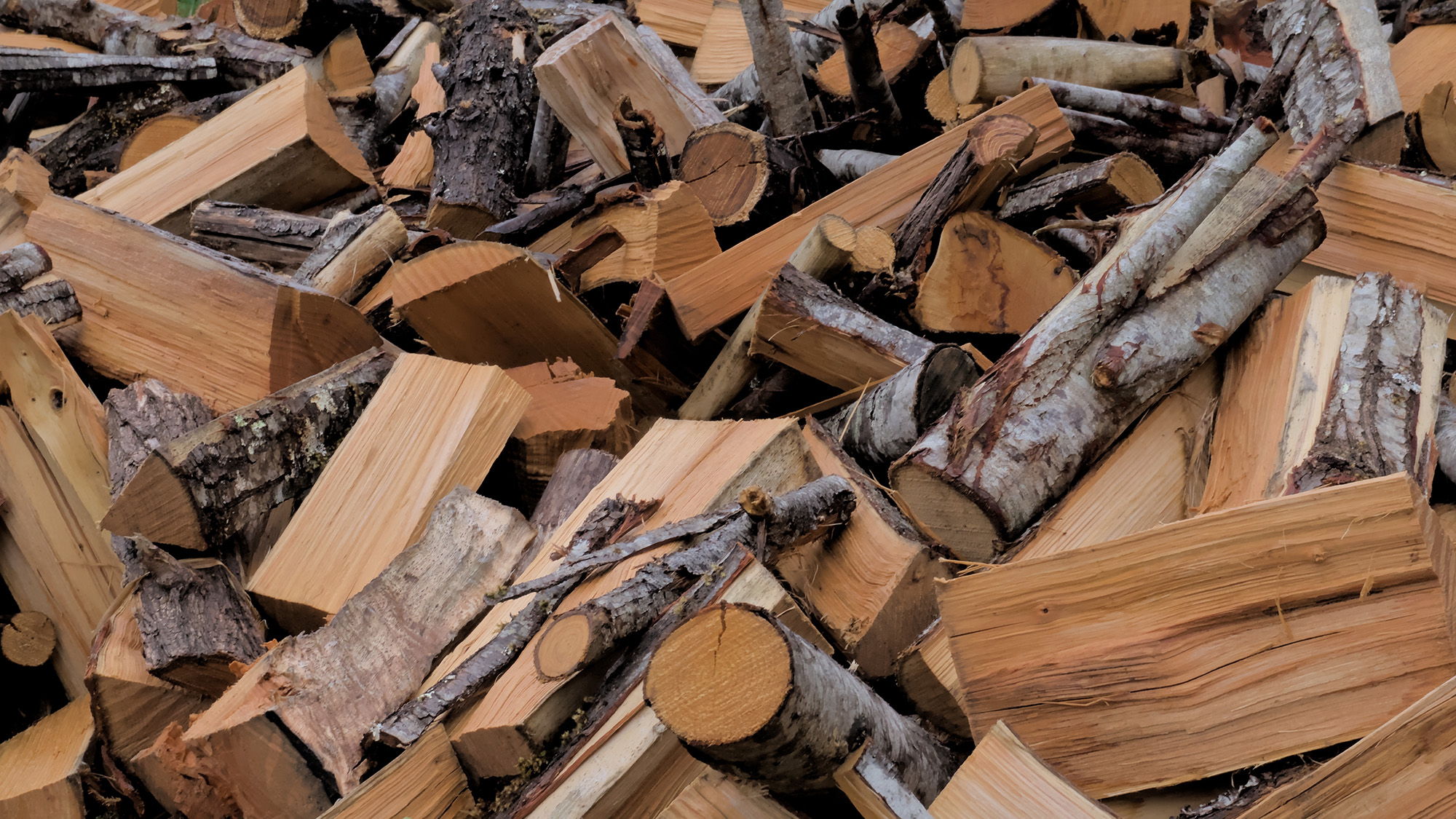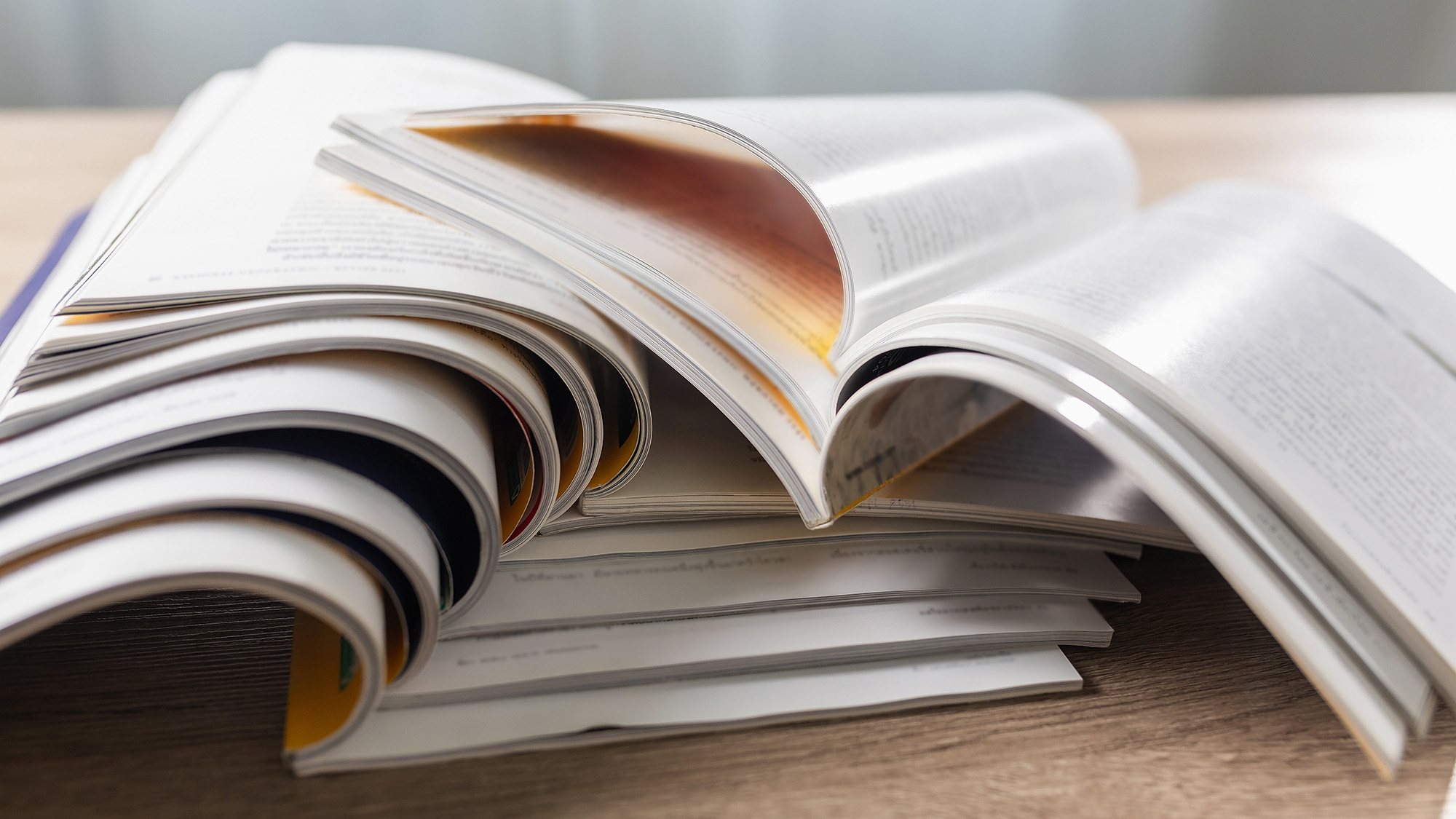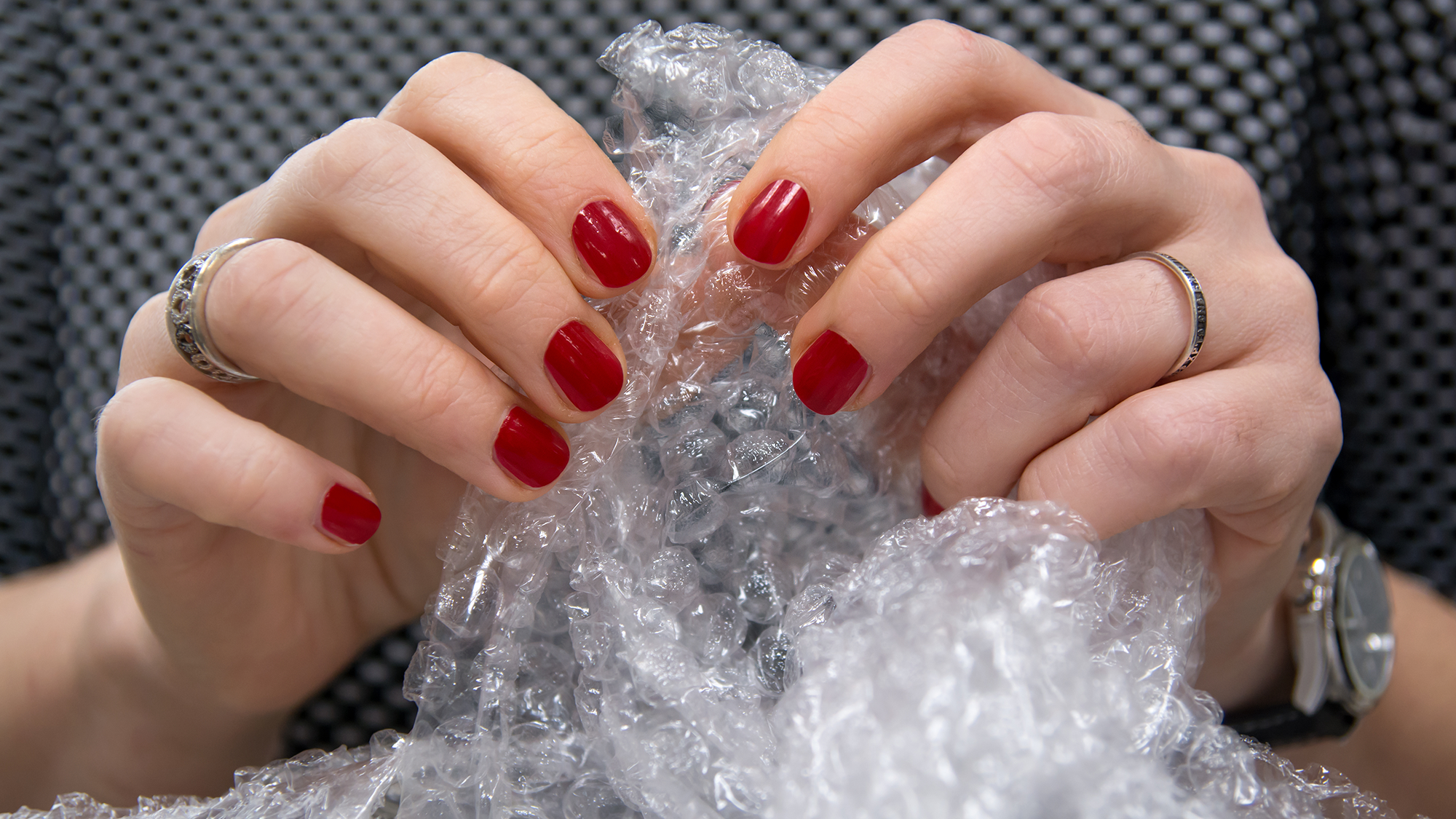7 materials you should never burn in a fireplace — and what to use instead

The image of sitting in front of a roaring log fire is often romanticized, and during the colder season, there’s nothing quite as delightful as taking in the ambience as the flames flicker.
However, it’s not as simple as throwing anything on the fire to burn; you need to take care with the materials you choose, for your health and safety, the environment and the law. So, to ensure you stay safe during the cold season, I’ve called on heating experts to share their advice on what you should avoid burning in your fireplace.
What happens when you burn the wrong fuel?

“You need to understand that a fireplace or wood stove is not just a box where you can throw things to get rid of them. It is a complex engine made for a certain type of physics,” says Javier Lopez, Director at Swissthermic.
And he adds, “When you burn the wrong fuel, the engine is pretty much destroyed.”
You need to understand that a fireplace or wood stove is not just a box where you can throw things to get rid of them
Javier Lopez, Director at Swissthermic
So, what exactly does this look like? Lopez says the most common problem is seeing creosote build up inside the chimney, which is like tar and sticks to the inside. When you burn the wrong things, you speed up this process, which “makes it harder for air to flow, which lowers efficiency and greatly increases the chance of a chimney fire.”
But besides physics, there’s the health issue. “When you burn treated materials, harmful chemicals like arsenic and dioxins are released into the air, and they can even get into your living room,” he explains.
This can lead to poor air quality both inside and outside the home.
Get instant access to breaking news, the hottest reviews, great deals and helpful tips.
Can you get fined for burning the wrong material?
The answer is a definite yes, although fines will differ depending on where you live, and are more likely in ‘Smoke Control Areas’.
Lopez says that if neighbors complain about your smoke or a chemical smell, you can get a substantial fine. “A lot of people are getting sick from particulate matter, so the U.S. Environmental Protection Agency and local governments are cracking down on it.”
And if you burn the wrong thing or start a chimney fire, he explains, “If forensic analysis shows that you were burning trash that isn’t allowed, your insurance company may not pay out on your claim.”
So, what do these fines look like?
“In the Bay Area, ‘Spare the Air’ tickets start at around $100 for burning on alert days,” says Tamer Saued, owner at Tamas Mechanical. While in Washington State, he says illegal burning can run up to $10,000 per day.
“In New York State, burning trash is illegal and fines often start in the $100s,” and he adds, “Colorado’s Front Range has action days where many stoves and fireplaces can’t run unless certified.”
The best solution is to check your county and air district sites before you light a fire to ensure you stay within the law.
Don't burn these items in your wood fireplace

1. Wood that is wet or ‘green’
Don’t burn wet wood that hasn't been dried enough; this is anything with a moisture content of 20% or above and is often referred to as ‘green’ wood.
When the wood is too wet, Lopez says the fire loses energy by cooking off the water inside the log rather than generating heat. “This makes a lot of smoke and steam, which quickly cools the chimney flue and makes a huge amount of creosote condense and stick to the walls,” he explains.
This moisture meter can check the water content within wood, so you can tell if the material is dry enough to use on your fire. It can also be used to check your home's humidity level, detecting whether your home is susceptible to mold and damp.
2. Treated or painted wood
“Most people don’t know this, but treated wood or plywood is not great to put in your fireplace,” says Courtney Cole, interior designer at TileCloud. “While it might be made of wood, it’s usually treated with chemicals, which will release toxic fumes when burned.”
So, don’t be tempted to add your leftover building scraps, deck wood or old furniture to your fire. Apart from inhaling the toxic fumes, Lopez says the chemicals can damage the stainless steel components inside your chimney when they are burned.
3. Magazines

“You shouldn’t burn magazines, which have glossy paper,” says Christine Matthews, head of Marketing at Gr8 Fires. “The inks, dyes, and bleaches used in the printing process can release harmful chemicals,” she adds.
They are also more likely to produce thick black smoke, which makes cleanup harder.
4. Cardboard
Cardboard is also a big no-no. While putting regular paper on a fire in fine, Lopez says burning a pizza box or stacks of cardboard is not.
“They burn very quickly and very hot, and the light ashes can float up the chimney while still on fire. They could land on your roof or your neighbor's property and start a structure fire,” he warns.
5. Plastic

Plastics should never be placed in a fire, including household plastics such as plastic cups or bubble wrap. “Burning plastic releases toxic fumes that can be harmful to your health and the environment, and it can cause dangerous fires that spread quickly,” says Cole.
Apart from releasing toxic fumes, Lopez says plastic “leaves behind an acidic, sticky film that is very hard to clean out of the flue and damages the catalytic combustors in new high-efficiency stoves.”
6. Driftwood
Don’t be tempted to pile driftwood on your fire. “Even though it looks natural, wood found on the beach is full of salt," explains Lopez, “That salt turns into an acidic vapour when it’s burnt. This vapor will wear down your fireplace's metal body and chimney liner much faster than normal wear and tear.”
7. Christmas trees

It is highly likely you haven’t put up your Christmas tree yet; however, if you’re using a real tree, be careful how you dispose of it.
“Evergreen trees have a lot of glue and sap. If you put a dry Christmas tree branch on a fire, it can blast off with heat very quickly,” says Lopez, and he adds, “This sudden change in temperature can break the glass in your stove or the bricks in your chimney. It can also send sparks flying.”
What is safe to burn?

To start a fire, Cole recommends starting with something light and airy, such as dry grass, shredded paper, or fine wood fiber. Then, once you have a flame going, she says, it’s best to burn seasoned hardwood like oak, hickory, or maple.”
It’s best to burn seasoned hardwood like oak, hickory, or maple
Courtney Cole, interior designer at TileCloud
“These woods are dense and burn at a higher temperature, producing less creosote and smoke,” but she warns, “You need to make sure that the wood is always completely dry!”
Lopez recommends using oak, ash or beech logs that have been split and dried for at least six months to a year. Stating that you need to use logs that contain less than 20% moisture, he suggests a moisture meter is a good buy.
His favorite fuel is oak, and he says, “When you burn dry oak, you get a clean burn that heats your house the most and makes the air you breathe the cleanest.”

Follow Tom's Guide on Google News and add us as a preferred source to get our up-to-date news, analysis, and reviews in your feeds.
More from Tom's Guide
- 7 air purifier tips to get cleaner air at home
- 5 common house dangers to be aware of during the holidays — and how to prevent them
- Best firepits in 2025: Tested and rated

Camilla is the Homes Staff Writer and covers everything to do with homes and gardens. She has a wealth of editorial experience, mounting over 30 years, and covers news and features, tests products for reviews and compiles buying guides.
Her work has appeared in business and consumer titles, including Ideal Home, Real Homes, House Beautiful, Homebuilding & Renovation, and Kitchen & Bathroom Business. She’s even appeared on the cover of Your Home, writing about her own house renovation.
Although she’s obsessed with decorating her home, she also enjoys baking and trying out the latest kitchen appliances. But when she’s not inside, you’ll find her pottering about in her yard, tending to her vegetable patch or taking in her prized hydrangeas.
You must confirm your public display name before commenting
Please logout and then login again, you will then be prompted to enter your display name.

